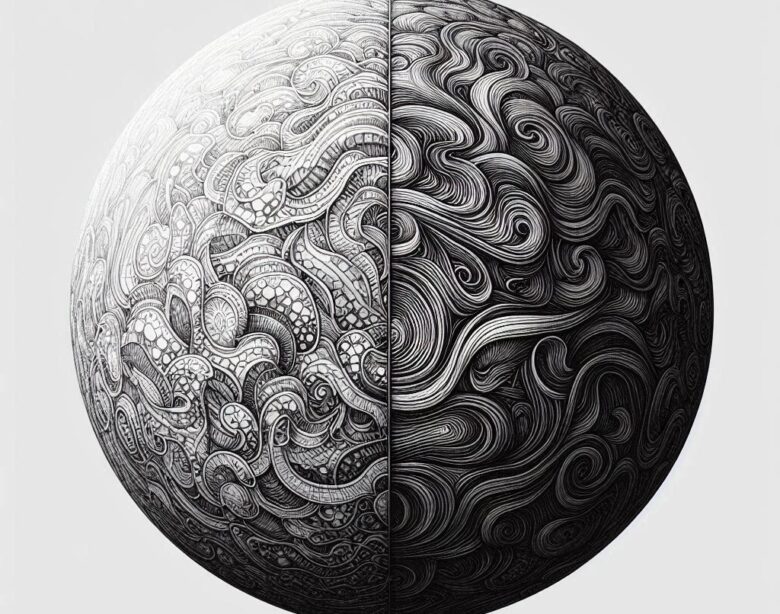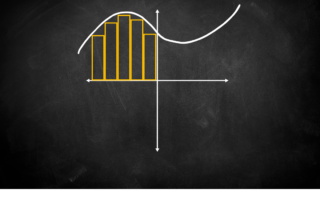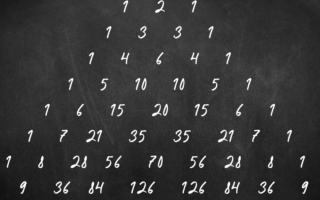The Moscow Mathematical Papyrus, also known as the Golenischev Mathematical Papyrus, is one of the most significant artifacts from ancient Egypt, offering insights into the mathematical knowledge and practices of one of the world’s oldest civilizations. Dating back to around 1850 BCE during the Middle Kingdom period, this papyrus predates many mathematical documents and is a testament to the advanced intellectual achievements of ancient Egyptian society.
Historical Context
The Moscow Mathematical Papyrus was discovered in the 19th century and acquired by Vladimir Golenishchev, a Russian Egyptologist, in the late 19th century. It is now housed in the Pushkin State Museum of Fine Arts in Moscow, which gives the artifact its name.
Ancient Egypt was not only a land of monumental architecture and rich culture but also a hub of scientific and mathematical inquiry. Mathematics in ancient Egypt was primarily practical, developed to address issues related to trade, construction, and land management. Documents like the Moscow Mathematical Papyrus and the Rhind Mathematical Papyrus serve as primary sources for understanding how Egyptians approached mathematical problems.
Structure and Content of the Papyrus
The Moscow Mathematical Papyrus is approximately 18 feet (5.5 meters) long and contains 25 mathematical problems written in hieratic script. These problems cover a variety of topics, including:
- Arithmetic Operations
The papyrus demonstrates how the ancient Egyptians performed addition, subtraction, multiplication, and division using their unique methods. They employed a base-10 numeral system but without a place value, relying on additive principles. - Geometric Calculations
The papyrus contains problems involving areas and volumes of geometric shapes. These problems are particularly notable for their approximation techniques and their sophisticated understanding of three-dimensional shapes. - Practical Applications
Many problems focus on real-life applications, such as calculating the volume of food storage containers, determining the slope of a pyramid, or allocating goods.
Notable Problems in the Papyrus
Among the 25 problems in the Moscow Mathematical Papyrus, some stand out for their ingenuity and mathematical significance.
Problem 14: The Volume of a Frustum of a Pyramid
One of the most famous problems in the papyrus involves calculating the volume of a truncated pyramid (a frustum). The problem provides a formula that is essentially correct and corresponds to the modern formula for the volume of a frustum: \(V = \frac{1}{3} h \times (a^2 + ab + b^2)\) where \(a\) and \(b\) are the lengths of the bases and \(h\) is the height of the frustum. This formula demonstrates a deep understanding of geometric principles and suggests that Egyptian mathematicians were capable of sophisticated spatial reasoning.
Problem 10: Calculating the Area of a Semicircular Field
This problem involves finding the area of a field shaped like a semicircle. While the method used involves approximations, it reflects an intuitive grasp of geometry and an early attempt to deal with curved shapes.
Problems on Arithmetic Progressions
Several problems involve arithmetic progressions, which illustrate the Egyptians’ ability to manipulate sequences and patterns systematically.
Comparison with the Rhind Mathematical Papyrus
The Moscow Mathematical Papyrus and the Rhind Mathematical Papyrus, both from ancient Egypt, are complementary in understanding the scope of Egyptian mathematics. While the Rhind Papyrus focuses more on arithmetic and algebraic problems, the Moscow Papyrus emphasizes geometry. Together, these documents provide a fuller picture of the mathematical capabilities of ancient Egyptians.
Impact on the History of Mathematics
The Moscow Mathematical Papyrus has had a significant impact on our understanding of ancient mathematics and its evolution:
Early Development of Geometry
The papyrus illustrates that geometry, long before the time of Greek mathematicians like Euclid, was a central part of mathematical inquiry. The ability to calculate areas and volumes, as seen in the problems about the frustum and semicircular fields, laid the groundwork for later geometric discoveries.
Mathematical Problem-Solving
The Egyptians approached mathematics with a problem-solving mindset, often relying on approximation methods. This pragmatic approach influenced later civilizations, including the Greeks and Babylonians, who expanded upon these techniques.
Influence on Greek Mathematics
There is evidence to suggest that Egyptian mathematics influenced Greek scholars like Thales and Pythagoras, who traveled to Egypt to study. Concepts found in the Moscow Papyrus likely informed the foundational principles of Greek geometry.
Practical Applications in Engineering
The practical problems in the papyrus demonstrate the integration of mathematics into daily life and engineering. The accurate calculation of slopes, areas, and volumes was crucial for monumental construction projects such as pyramids, temples, and canals.
Impact on the History of Science
Mathematics and science are deeply intertwined, and the mathematical principles in the Moscow Papyrus had implications for various scientific fields:
Astronomy
The geometric principles and numerical techniques used in the papyrus likely played a role in the development of ancient Egyptian astronomy. Accurate measurements of angles and areas would have been crucial for tracking celestial events and constructing observatories.
Architecture
The ability to calculate volumes and slopes directly impacted the architectural achievements of ancient Egypt. The mathematical knowledge preserved in the papyrus reflects the sophistication required to design and build structures like the Great Pyramids.
Agriculture and Economy
Mathematics was essential for managing agricultural resources, allocating land, and collecting taxes. The problems in the papyrus related to measurements and distributions show the integration of mathematical knowledge into economic systems.
Legacy of the Moscow Mathematical Papyrus
The Moscow Mathematical Papyrus is not merely a historical artifact but a bridge connecting the past to the present. It highlights the continuity of mathematical inquiry and the universal human drive to understand and manipulate the world through numbers and shapes.
Preservation of Knowledge
The papyrus serves as a crucial link in the historical chain of mathematical development, ensuring that the achievements of ancient civilizations are not forgotten.
Inspiration for Modern Mathematics
The methods and problems in the papyrus continue to inspire modern mathematicians and historians, shedding light on the origins of mathematical thought.
A Testament to Human Ingenuity
The Moscow Papyrus stands as a testament to the ingenuity and creativity of ancient societies. It reminds us that mathematics, often viewed as an abstract discipline, has always been deeply rooted in solving practical problems.
Conclusion
The Moscow Mathematical Papyrus is a remarkable document that encapsulates the mathematical prowess of ancient Egypt. Its problems reveal a society that valued precision, practicality, and creativity, and its influence extends far beyond its time. By studying this papyrus, we gain a deeper appreciation for the origins of mathematics and the enduring legacy of ancient civilizations in shaping the foundations of science and technology.
As we continue to explore the depths of mathematical history, the Moscow Mathematical Papyrus remains a shining example of humanity’s enduring quest for knowledge and understanding.
Please Visit Our Sponsors:
We only support vendors that we use ourselves in our home. The links below are our own links or affiliate links but know that we use all of these now, or have in the past. As the author/creator of this blog, I also tutor mathematics on Wyzant, sell on Etsy, create content on TpT, and learn Korean on Rosetta Stone.





